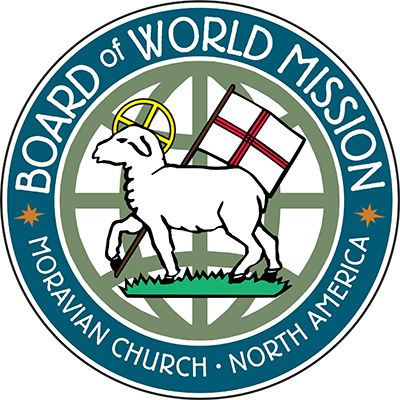
THE WORLDWIDE INFLUENCE the 18th century Moravian missionaries was extraordinary. One notable example is the impact they had on John Wesley, leading directly to his conversion experience. Wesley’s Journal, covering the years 1736–1738, is replete with comments of his observations of and encounters with the Moravians (often calling them “the Germans”). A few selections of highlights give insight into the characters and spirit of the Moravian movement and its impression on the founder of the Methodists.
John Wesley's Own Words - Selections dated frpm Sunady, January 25, 1736 through August 12, 1738
Read them here:
https://christianhistoryinstitute.org/magazine/article/moravians-and-wesley

Jan Hus and the Bohemian Brethren, on the Moravian side, organized themselves as the Unitas Fratrum, preparing the ground for Martin Luther’s German Reformation. Luther and his colleagues encouraged and recognized the Brethren (now under the leadership of Luke of Prague) as partners in the renewal of the gospel. Persecuted and driven from their Bohemian and Moravian homelands in the seventeenth and eighteenth centuries, some of the members of the Unitas Fratrum eventually found refuge on the estate of the Lutheran pietist noble, Nicholas Ludwig, Count von Zinzendorf.
Lutherans and Moravians developed separate church organizations and identities in North America. This had much to do with the patterns of immigration from Germany and the diverse religions which came to characterize English-speaking North America. In the eighteenth and early nineteenth centuries, Moravian and Lutheran missionaries worked cooperatively in areas from Alaska to the Caribbean. Today, in Asia, Africa and Europe, Moravians and Lutherans enjoy what is now termed "full communion," including Eucharistic hospitality and the full interchangeability of members and clergy
.
Download PDF : One Flock, One Shepherd: Lutheran-Moravian Relations

The content and purpose of the mission of the Board of World Mission is best expressed in words taken from the Ground of the Unity , the doctrinal statement of the Moravian Church:
A deep commitment to world mission has characterized the Moravian Church
since its earliest days. A small 300-member Moravian community in
Herrnhut, Germany sent missionaries to the Danish West Indies in 1732.
Since then, God’s call to proclaim the good news of God’s saving work in
Jesus Christ has taken hundreds of Moravian missionaries from the
mountaintops of Ladakh, India to the savannas of La Mosquitia, Honduras.
Today, Moravian churches or societies worship and minister in about
forty nations and number over 700,000 believers.
This site was created with the Nicepage